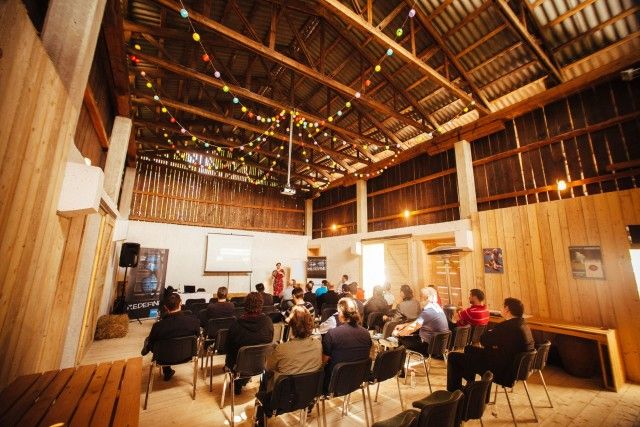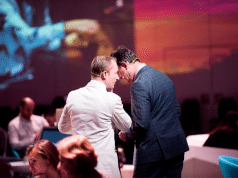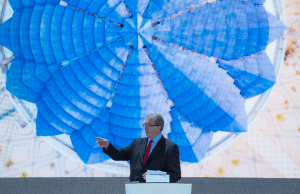Žiga Novak

One way or the other, we humans are all about having fun. When we are enjoying ourselves we are simply better people – friendlier, more creative and receptive to new ideas. But what is fun really about? Sure, it’s about luxury and things that we love, but at the bottom line fun is about humour, experience and play. Put these three elements into one equation and no events will ever be boring and ineffective.
Anatomy of humour
Forget about the unfortunate misconception that humour cannot be studied or learned. It’s quite the opposite. There are literally hundreds of insights that any student of edutainment can learn from studies of humour and apply it to one’s own work. For a start, take a quick glance at the main humour theories (such as superiority, incongruity, release and verbal theories) and explore new ways of how you can put people in a good mood with simple tricks that have been proven to work. Keep in mind that creating a humorous event or educational session is not just about booking a funny speaker or a stand-up comedian as a host. It’s more about taking a closer look at one of the formulas that stand-up comedians use for writing jokes and apply it to your event (e.g. the THREES formula).
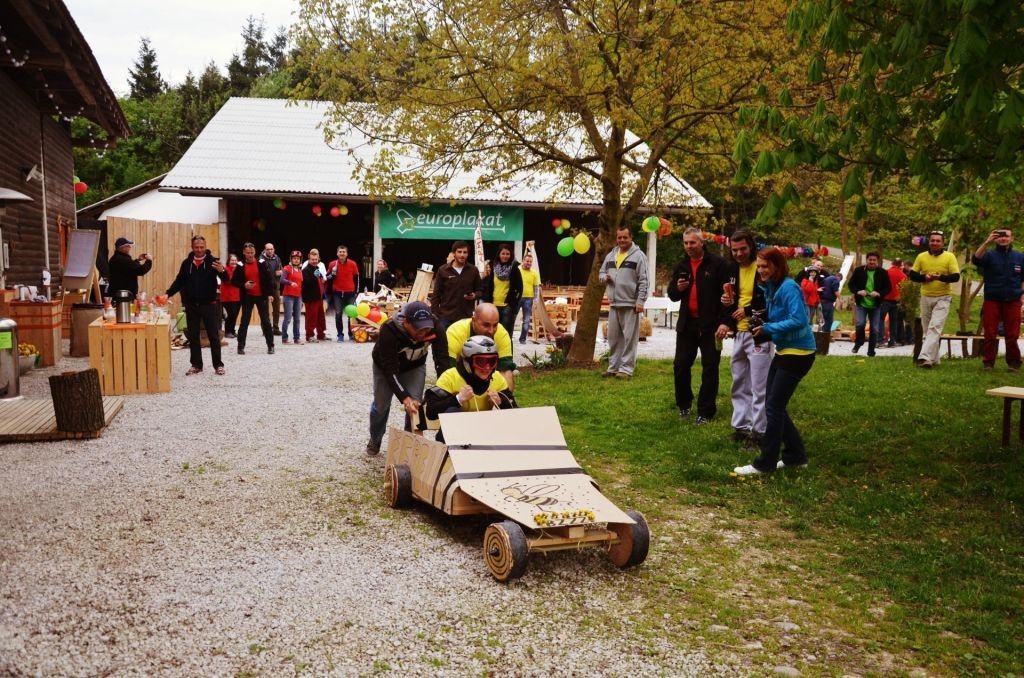
Four realms of an experience
Perhaps the most rewarding way to approach edutainment is through the lens of an (extraordinary) experience. After all, organisers of events, even if it’s a seminar with the most boring of topics, should care about creating a good experience for the guest. Thanks to Pine&Gilmore it’s easier than it sounds. In the famous 1999 book on The Experience Economy they showed us that any outstanding experience has to touch each one of the four experience realms: entertainment, education, aesthetics and escapism. What this means is that every special event should be a sort of edutainment. It also means that any experiential event is more than just learning through fun and entertainment – it’s also about active participation, play and immersion in the event, ideally with as many senses as possible.
Social lubricant No.1
Some say it’s alcohol, I say it’s play. It’s no secret that people love to play games. Just look at the video games industry, which surpassed both the movie and music industries by 2007. Play is far from being just the domain of kids and teenagers. Grown-ups play games all the time too. We play with our roles, identities and choices. We play (and watch people play) sports and board games and all sorts of other games, including the very popular games of chance. We go to see plays in a theatre and play with possible scenarios for the ending. We even call an important person or a company »a player«. People play games without even realising – just ask any student of transactional analysis (TA). All in all, it’s seems pretty sad that the only places where we don’t really play is at school and work.
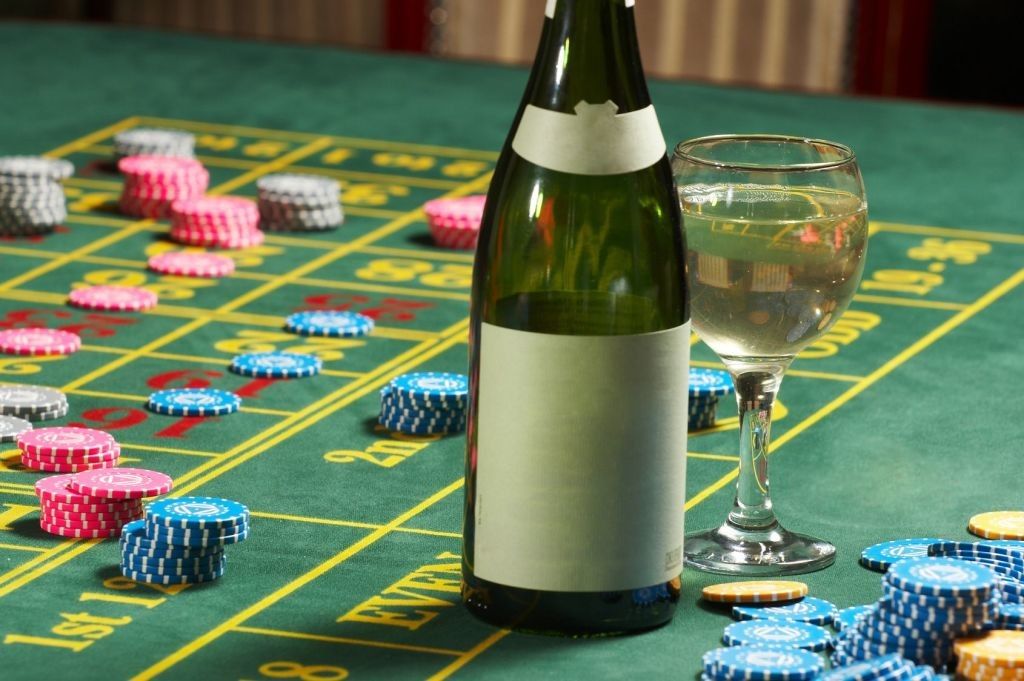
The gamification buzz
Marketers and educators have only recently recognised that games are probably the most effective lubricant for penetrating human minds. What we have not is a buzz called gamification, which stands for using play and game as a method to engage a person or a target group with a specific goal in a non-game context. Much of the inspiration for gamifying comes from sports and video games, like collecting points, earning badges and rewards. Naturally, the idea behind it is not entirely new. We have been collecting points and rewards at supermarkets, at corporate teambuildings and elsewhere. Nevertheless, gamification is a fancy new word that is getting a lot of attention worldwide and there are many exciting opportunities to be explored beyond collecting points.
Simulations and role plays
Despite all new technologies, real-life (educational) games have the biggest potential for immersing people in educational events. This method is relatively simple – provide a realistic scenario, an immersive setting, write roles for the guests and run the simulation with a facilitator. People will generally love to play, because playing with roles and scenarios is perhaps the most immersive and rewarding type of play there is. This method of edutainment is not entirely new either. Generations of students of international relations and politics have enjoyed Model UN simulations. Business simulations have long been recognised as a very effective teaching model at business schools and at corporate trainings. Murder mystery events, at the more experiential level, have also been around for quite some time. But with gamification in the air, now is the time to take these concepts to a new level.
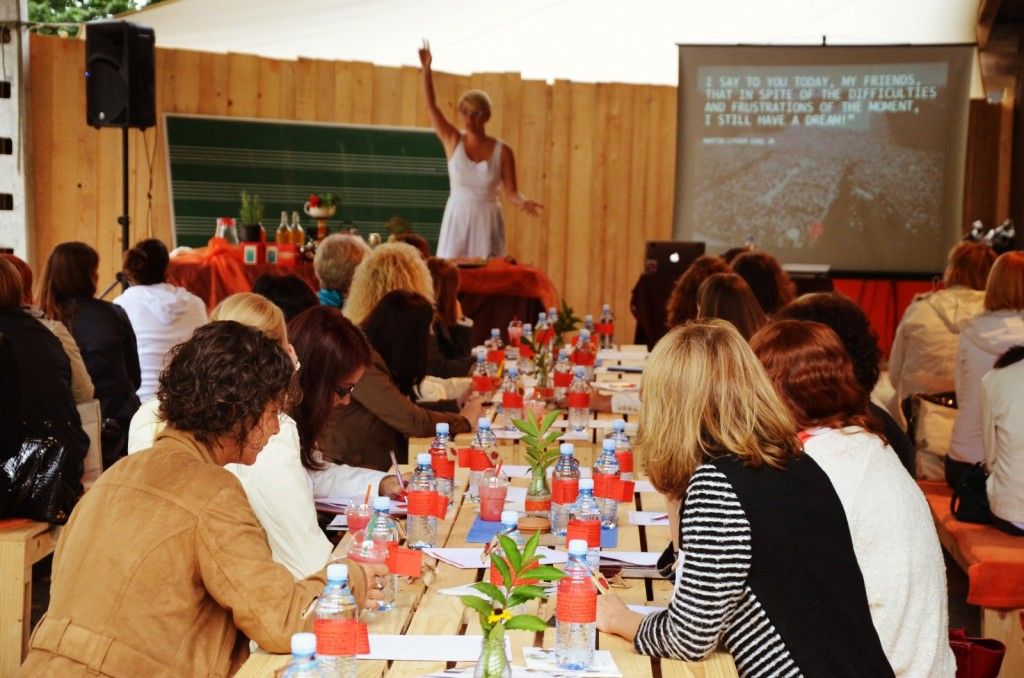
Future of play
It seems that talking about play, games, simulations, even role playing is finally entering the mainstream in many non-game environments, such as marketing, HR and education. Many people in business have finally come to recognise that play is a very cool activity for children and adults alike. Soon, perhaps, engaging in serious role playing as an adult will no longer be viewed as geeky or inauthentic, but as a very interesting method of having fun, exploring emotions and learning. As for the future, keep an eye on the concept of LARP (live action role playing), the most immersive and complex game people engage in. LARP has relatively recently spread from the USA to the rest of the world and developed into some very interesting sub-genres, such as the Nordic LARP, and most interestingly for our topic, educational-LARP (edu-LARP).
EDUTAINMENT CASE STUDIES:
Escape the barn in 60 minutes :
Your team is locked in a mysterious barn with 9 doors and the room is crisscrossed with numerous challenges that need to be solved if you want to get out of the barn in 60 minutes. Or face the consequences! This fun game, inspired by the escape the room frenzy around the world, comes in several versions depending on the needs of the client. It can be run 1) just for the fun of it, 2) as a first phase of team development training with subsequent video analysis and 3) as a customized edutainment event, where a group has to gather information and come up with a secret password to get out of the room. The original game, which takes place at the Walnut grove in Ljubljana, Slovenia, can take only 20 people at a time, but the game can be adapted to much larger venues, such as conference centres or even stadiums.
InVinoVegas – I bet it's Chardonnay!:
Since Slovenia is famous for its quality and diversity of wines, vino is one of those stories that should end up on the table of every incentive or conference in Slovenia. Are you willing to put your money on the table and bet that the wine you just tried is Chardonnay from Štajerska region? And what is that weird wine making tool? Will your colleague manage to make something cool in 60 seconds? InVinoVegas is an edutainment program that combines the thrill and fun of betting in a casino with tasting wine and learning interesting facts about Slovenian wine culture and the country in general. The program can easily be adapted to different time frames (1-3 or more hours), venues, regions and all group sizes (of up to 1,000 people).
The Walnut grove, Ljubljana, Slovenia:
This unique 4-seasons event venue is specialising in corporate and other special events for up to 300 people. The story behind the Walnut grove is green, sustainable and responsible. The venue recycles most of the waste, re-uses and up-cycles old objects (wait till you see the toilets), works with local suppliers and promotes initiatives and projects for greener events. Moreover, it actively pursues partnerships with universities and other stakeholders in developing creative new practices in landscaping, teaching and event experiences. This former horse ranch is also a home venue and the experimental laboratory of the Team Building Lab, an experiential, edutainment and teambuilding agency behind innovative new projects such as Escape the barn, InVinoVegas, EcoRace and many others.


